You ever look at your dog and think, what’s going on in that fuzzy little head? Same. But it turns out, science has been asking that question way more seriously—and not just about dogs. In the past few years, researchers have been poking, scanning, and mapping animal brains like they’re trying to unlock the next iOS update. And what they’ve found? Honestly, kind of mind-blowing. Octopuses that edit their own RNA. Bees doing math. Parrots with better social nuance than your last situationship.
All of it is shifting how we think about our brains, too—because if animals can do all this with fewer neurons, what does that say about the way we’re wired? Spoiler: humans might not be the default setting for intelligence after all. So before you flex too hard about your big frontal lobe, check out what the animal kingdom’s been quietly mastering. Here are 15 of the wildest, weirdest, and most humbling new things we’ve learned about animal brains—and why your own might need a software update.
1. Crow Cognition: Feathery Einsteins
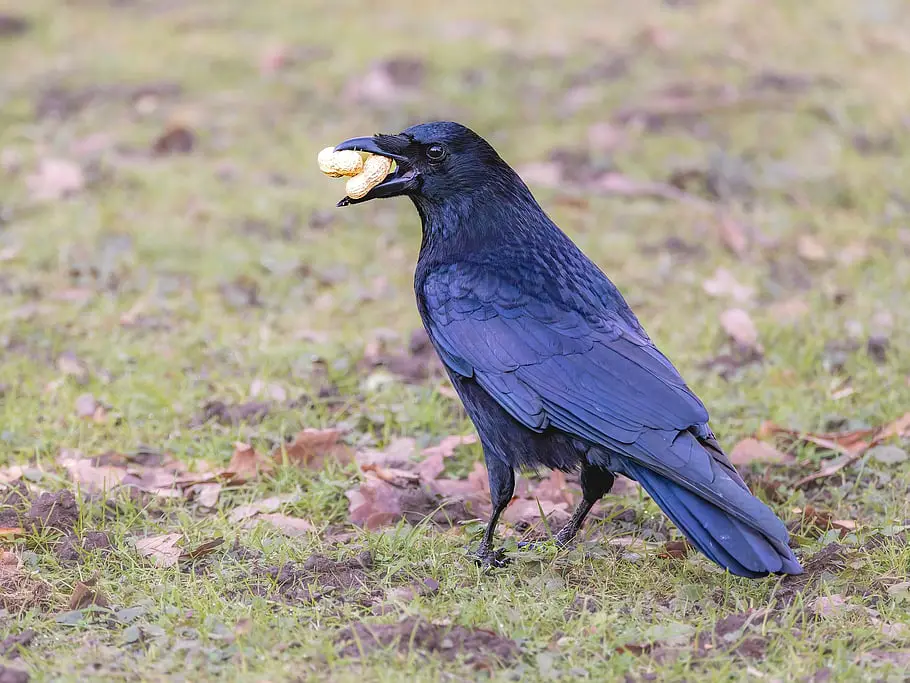
If you’ve ever underestimated a crow’s brainpower, think again—these glossy black birds have a reputation for MacGyver-level problem-solving. A study published in National Geographic revealed that New Caledonian crows can not only fashion tools from leaves but also plan several steps ahead to obtain food rewards. This ability to envision a future need is a cognitive trait once thought to be uniquely human and maybe some other primates. For us, this discovery implies that the neural circuitry for foresight and planning can evolve in dramatically different brain structures.
Crows have relatively small brains, but they make up for it with a high density of neurons in their forebrain, hinting that size isn’t everything. By dissecting how avian brains encode and retrieve sequential steps, neuroscientists aim to uncover general principles of executive function. It’s fascinating to think that a bird with no cortex-like region could still juggle multiple cognitive tasks seamlessly. This challenges the long-held belief that a layered neocortex is essential for complex thought, pushing us to reevaluate our models of consciousness. Moreover, the social learning crows exhibit—watching and mimicking flock members—mirrors how we absorb behaviors from each other, perhaps pointing to conserved neural mechanisms across species.
2. Octopus Neural Networks: Distributed Intelligence
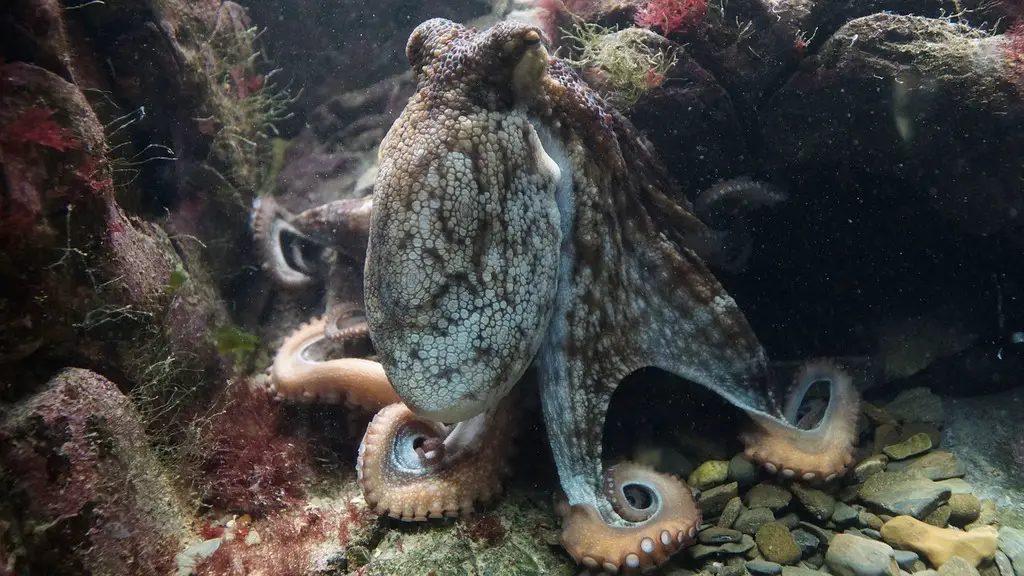
Octopuses have been blowing neuroscientists’ minds with their ability to coordinate complex tasks using a diffuse nervous system. According to Science Daily, recent studies reveal that nearly two-thirds of an octopus’s neurons reside in its arms rather than a central brain, suggesting a radically decentralized model of intelligence. This means each arm can independently process information, taste, touch, and react without direct input from a central command center, which is wild compared to our brain’s centralized processing. For humans, this discovery challenges our assumptions about how intelligence must be structured: perhaps more distributed neural networks could enhance adaptability or multitasking.
By studying these cephalopods, researchers hope to glean insights into how modular neural circuits can operate semi-autonomously, potentially inspiring new approaches in robotics and artificial intelligence. The fact that an octopus can navigate a maze even when one arm is anesthetized implies that learning and memory might not be solely housed in a centralized brain. If our own neurons could work semi-independently in different body regions, we might one day develop more resilient and fault-tolerant systems, both biological and artificial.
3. Elephant Self-Awareness: Mirrors and Minds

Elephants have long been admired for their memory and emotional depth, but recent research is highlighting their sophisticated sense of self. As The Guardian reports, elephants passed the mirror self-recognition test more consistently than most species, indicating they understand their own reflections. This suggests a level of self-awareness that was once thought to be exclusively human or limited to primates and dolphins. For us, it means that complex reflective consciousness might not require a large prefrontal cortex like ours, but could arise in very different brain architectures.
Scientists are eager to see how elephant social structures, which rely on matriarchal leadership and communal care, influence this self-awareness. By comparing elephant brains to ours, researchers hope to identify the neural correlates of empathy, grief, and even long-term planning. If elephants can ruminate on their own experiences and remember the deaths of herd members for years, their brains might hold clues about how to foster deeper memory retention in humans.
4. Rat Empathy: Tiny Hearts with Big Feelings

If you think rats are just the villains of lab experiments, think again—these little rodents are actually major empathy enthusiasts. Researchers told PubMed Central that when given the choice, rats will work to free a trapped cage-mate, even if there’s a treat waiting for them on the other side of the chamber. This prosocial behavior hints at a level of compassion and altruism in rodents that blurs the lines between “simple” and “complex” emotions. For human neuroscience, it shows that the basic circuits for empathy might be far more evolutionarily ancient than we assumed. By studying the neural activation patterns in rats during these rescue missions, scientists have identified amygdala and anterior cingulate cortex involvement—regions also key to human empathy.
This overlap suggests that the building blocks for feeling another’s distress are shared across mammalian brains, meaning therapies for social disorders might benefit from insights gained in rat models. It also raises provocative questions about the moral considerations we owe to lab animals, but that’s a debate for another day—or at least another article. Additionally, understanding how oxytocin modulates these empathetic drives in rats could open up new avenues for treating empathy deficits in humans. If we can pharmacologically boost or dampen these circuits, it might lead to breakthroughs in conditions like autism or psychopathy.
5. Dolphin Whistles: Naming Ourselves in the Sea
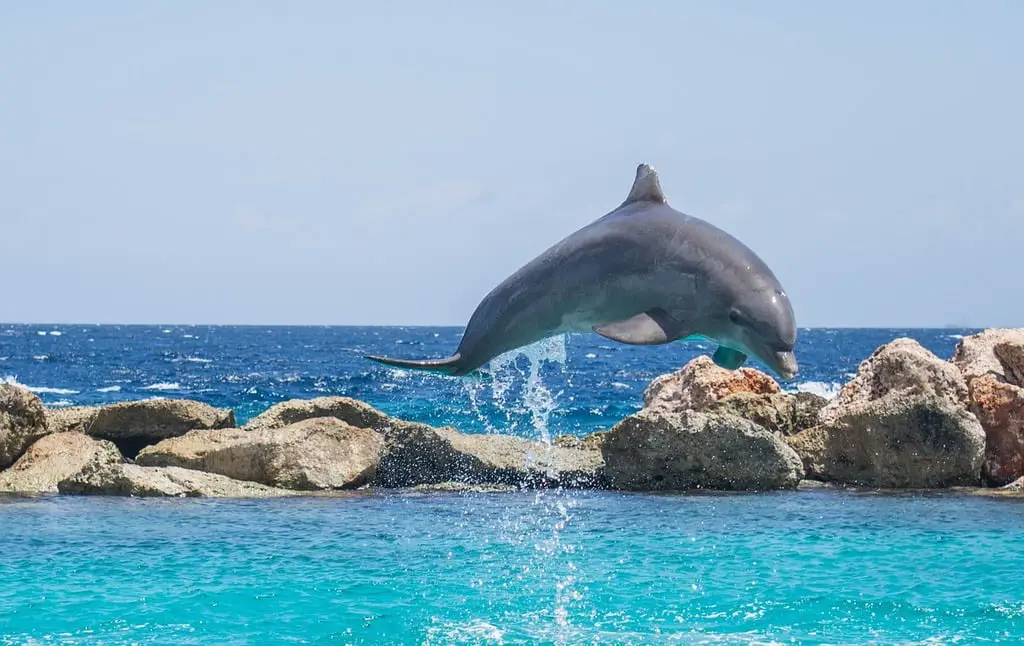
Dolphins have always dazzled us with their acrobatics, but now we’re learning they’ve got a sophisticated language game too. NBC News highlights how bottlenose dolphins use unique signature whistles to identify themselves, functioning like names in underwater social circles. This discovery reveals that dolphins maintain long-term social bonds by remembering each other’s “names,” which hints at advanced social memory. For human neurobiology, it suggests that the capacity to assign and recall personal identifiers might be more widespread in the animal kingdom than we thought.
Researchers have found that when a dolphin hears its own whistle, specific neural circuits light up, similar to how our brains respond to hearing our names. By mapping these circuits, scientists aim to understand the neural basis of self-recognition and identity, which could inform treatments for memory and identity disorders. It’s particularly intriguing because dolphin brains are organized differently from ours, lacking the typical neocortical structure we associate with complex cognition. Studying how they store and retrieve these signature whistles could reveal alternative neural architectures for social communication.
6. Cuttlefish Camouflage Intelligence

Cuttlefish are basically the ninjas of the ocean thanks to their insanely advanced camouflage skills. Researchers have just discovered that they don’t just change color for hiding, but also for communicating mood and intent with other cuttlefish. It turns out their skin contains complex neural circuits that process visual background patterns almost instantaneously. When they sense a new environment, specialized neurons calculate contrast and texture in less than a second.
For humans, this suggests that localized processing nodes in skin or peripheral tissues might one day help us create responsive materials. Imagine clothing that adapts to your environment the way a cuttlefish does with zero lag time. Neuroscientists are also intrigued by the fact that cuttlefish learning isn’t centralized in a “brain” but is distributed across multiple lobes. This challenges the assumption that a singular cortical hub is required for rapid sensory integration.
7. Bee Numerical Abilities
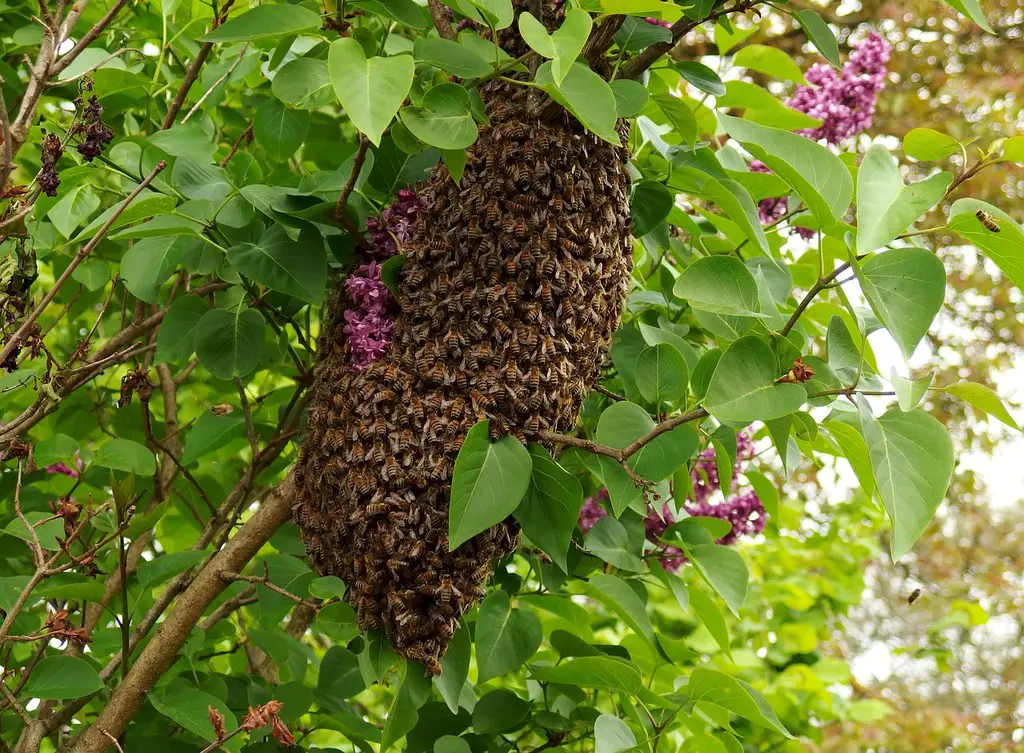
Bees have been buzzing under the radar as miniature math whizzes, effortlessly counting landmarks on their way to the hive. Recent experiments show that honeybees can understand basic arithmetic operations like addition and subtraction using symbolic cues. They’re taught that a blue shape means +1 and a yellow shape means –1, and they get rewards for choosing the correct new number.
This kind of numerical cognition was once considered too complex for a tiny insect brain. For us humans, it implies that numerical processing may not require a massive cortex but can emerge from efficient circuit modules. If we can map how bees stitch sensory inputs into abstract quantities, we might find ways to optimize computational algorithms. Artificial intelligence researchers are already exploring bee-inspired neural network architectures to handle limited data sets. Knowing that a creature with a million neurons can do arithmetic tells us there’s room for downsizing big data models.
8. Prairie Vole Pair-Bonding Circuits
Prairie voles have quietly become the poster children for studying social attachment because they form lifelong monogamous bonds. Neuroscientists recently pinpointed specific neural pathways in the vole brain that release oxytocin and vasopressin during partner bonding. When a vole snuggles up for grooming with its mate, these neuropeptides strengthen synaptic connections in reward centers. This process locks in the social memory, making that partner preference essentially hardwired. For humans, understanding these circuits suggests that love and attachment have deep, quantifiable neurochemical underpinnings.
By tracing these pathways, researchers hope to develop treatments for social disorders where bonding processes go haywire. If we can modulate similar circuits in humans, it could lead to therapies for people struggling with attachment issues or loneliness. The fact that such profound social behaviors map onto relatively simple neural loops is surprisingly encouraging. It means that targeting a few key nodes might recalibrate complex emotional processes.
9. Bat Echolocation and Spatial Memory
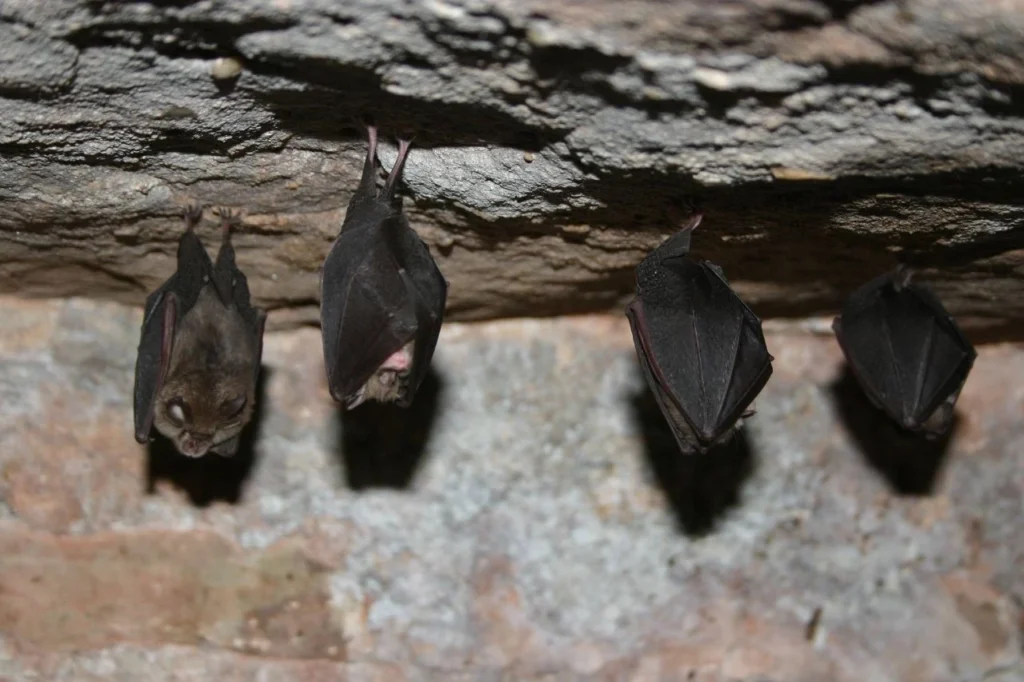
Bats aren’t just goth-friendly poster animals—they’re essentially living sonar devices that navigate entire cities in total darkness. Recent fMRI scans on bat species reveal that their hippocampus is supercharged for three-dimensional mapping. Every time a bat emits a high-frequency chirp and listens for echoes, its neurons encode room geometry to millimeter precision.
This rapid spatial encoding inspires geospatial algorithms that could one day enhance human navigation apps for visually impaired users. For us, it indicates that spatial memory can be structured in radically different ways than our two-dimensional map-based networks. By studying how bats compress and retrieve nightly flight routes, we might improve human memory recall strategies for complex environments. Drone technology is already borrowing bat-like echolocation principles to map disaster zones where GPS signals fail.
10. Parrot Vocal Flexibility
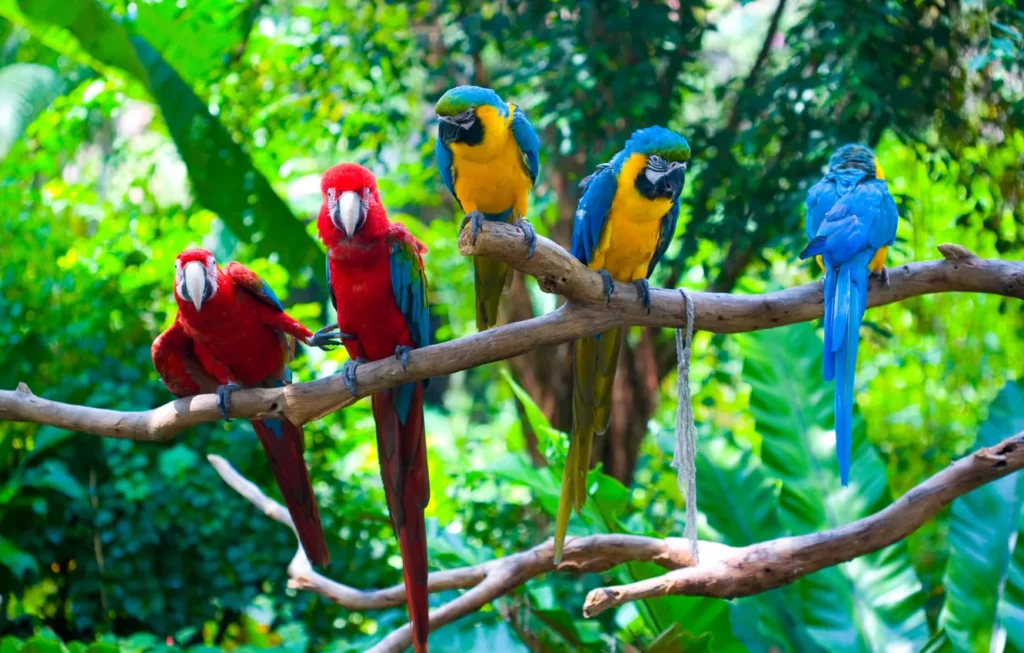
Parrots may look like adorable, feathered hipsters, but their vocal abilities are pushing the boundaries of what we thought brains could do without a cortex. Scientists have found that parrots use a specialized brain region analogous to our motor cortex, allowing them to mimic human speech and complex sounds precisely. They can even invent new calls to communicate locally, effectively creating regional “dialects” among flocks. For human neurolinguistics, this suggests that vocal learning circuits can evolve in brain architectures that look totally different from ours.
If we can understand how parrots wire these circuits, it may unlock new paths for treating speech disorders. Researchers are already experimenting with neural mapping to see which nuclei light up when parrots invent novel calls. The fascinating part is that they seem to grasp not just mimicry but also context—they’ll use certain calls to demand food, others to ward off intruders. This social context processing mirrors human pragmatics, hinting at convergent evolution of communication networks.
11. Pig Emotional Self-Control
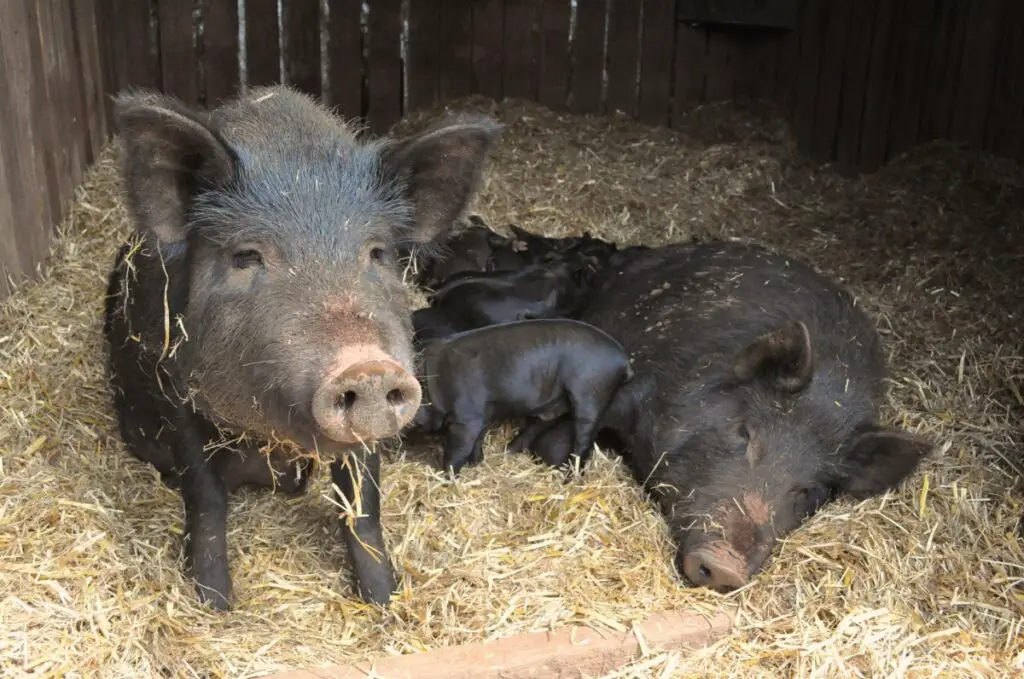
Pigs might make you think of mud baths and bacon, but these oinkers are also showing surprising restraint when it comes to impulsive behaviors. In delayed gratification tests, pigs chose to wait for larger food rewards rather than scarf down smaller morsels immediately. Neuroimaging studies demonstrate that regions in the pig prefrontal cortex light up in decision-making scenarios, resembling human self-control circuits.
This finding suggests that the architecture for impulse regulation predates primate evolution by millions of years. For human psychology, it means that basic elements of willpower might be more hardwired and widespread than previously thought. By analyzing how pigs weigh immediate versus delayed rewards, researchers hope to design interventions for impulse-control disorders in people. If we learn which neural modulators help pigs stay patient, we might create drugs that dampen impulsive cravings in humans.
12. Whale Song Cultural Transmission

Whales have always serenaded us with haunting melodies, but now we know they pass those tunes along like oceanic DJs spinning the latest tracks. Studies of humpback whale pods reveal that entire song patterns can change over the course of a season, spreading across thousands of miles of ocean. Biologists believe these evolving song memes travel pod to pod, almost like viral TikTok challenges, prompting whales to update their repertoires. For human cognitive science, this form of cultural transmission suggests that large-scale social learning might rely on specialized neural circuits for auditory pattern recognition. Researchers are mapping whale brain regions analogous to our auditory cortex to see how they encode and imitate complex sequences.
By comparing these neural maps with ours, scientists hope to uncover universal principles of learning through imitation. If whales can learn, innovate, and propagate songs across generations, it means collective memory doesn’t require a written record—just an acoustic brain. Understanding how whale brains manage this might inform how we preserve and transmit cultural knowledge in human societies.
13. Sheep Facial Recognition
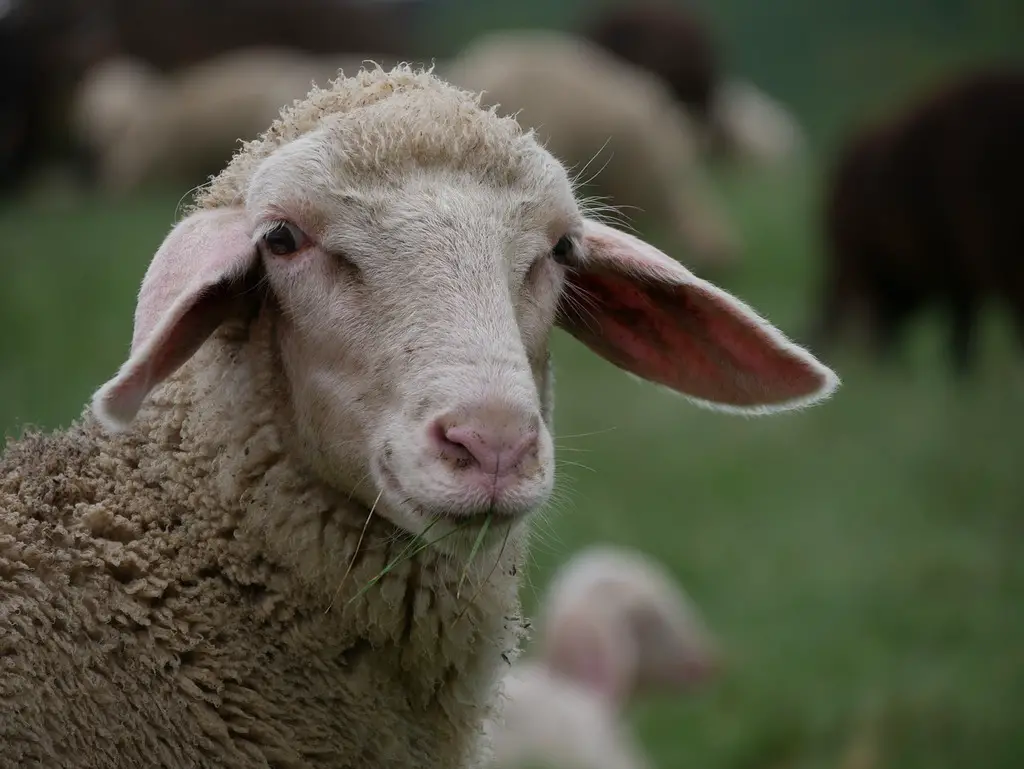
Sheep might not be your typical selfie enthusiasts, but they’re actually surprisingly good at recognizing faces—both sheep and human ones. Neurologists recently showed sheep images of familiar handlers and strangers, and the sheep consistently gravitated toward faces they recognized. Brain scans revealed activation in regions analogous to the human fusiform face area, suggesting convergent evolution of face-processing modules.
This means that the neural basis for facial recognition might be more conserved across mammals than we assumed. By studying how sheep distinguish between dozens of flock members, researchers can learn about neural pruning and cortical specialization. For humans, these insights could inform therapies for prosopagnosia, the inability to recognize faces. Understanding how a sheep’s brain wires for face detection might help engineers build better facial recognition algorithms that mimic biological efficiency.
14. Spider Problem-Solving
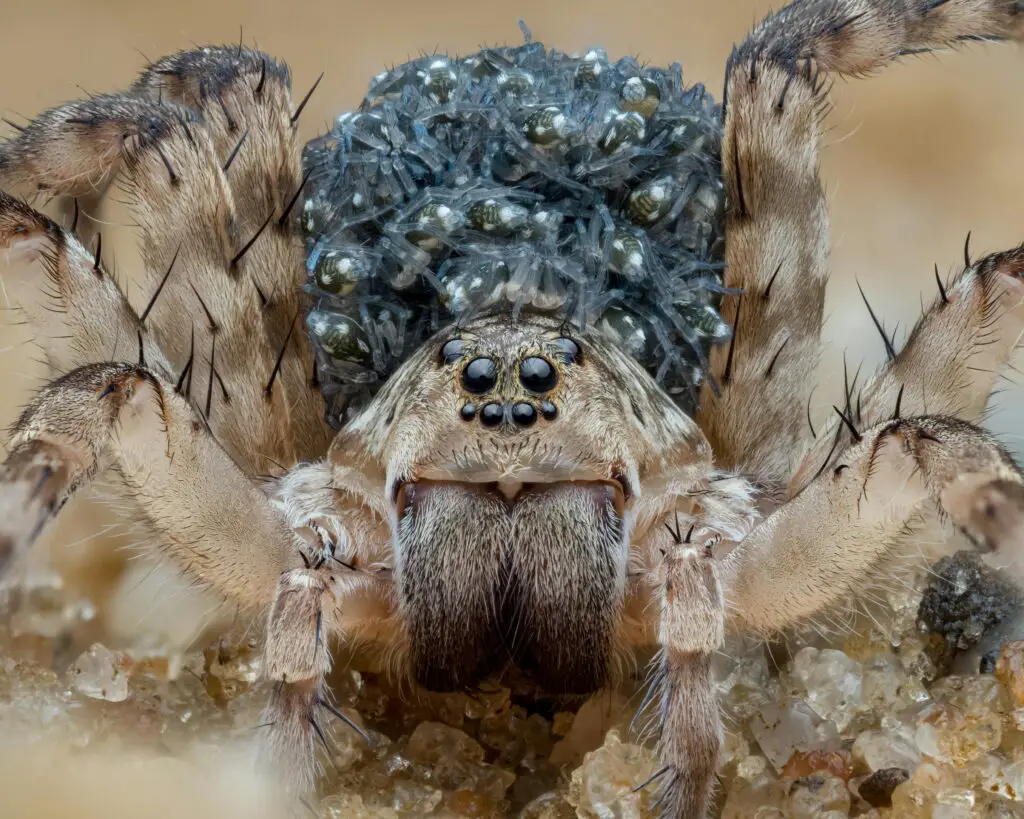
Spiders are often underestimated because of their creepy reputation, but some species—like Portia jumping spiders—are total brainiacs when it comes to problem-solving. Researchers observed Portia navigating mazes or plotting detours to reach prey, even when the route involved leaving their web behind. Neurobiological studies indicate that these spiders use complex visual and spatial information to plan hunts, tapping into neural circuits once thought exclusive to higher animals.
For humans, this suggests that even tiny brains packed with only a few hundred thousand neurons can orchestrate sophisticated behaviors. By examining how spiders weigh risk versus reward and memorize paths, scientists hope to distill principles of efficient decision-making. These insights could shape how we program swarm robots or micro-drones to navigate unpredictable environments. If a spider can compute a multi-step plan to outwit prey, perhaps our own planning circuits could be made leaner and more adaptable.
15. Fish Fear and Memory
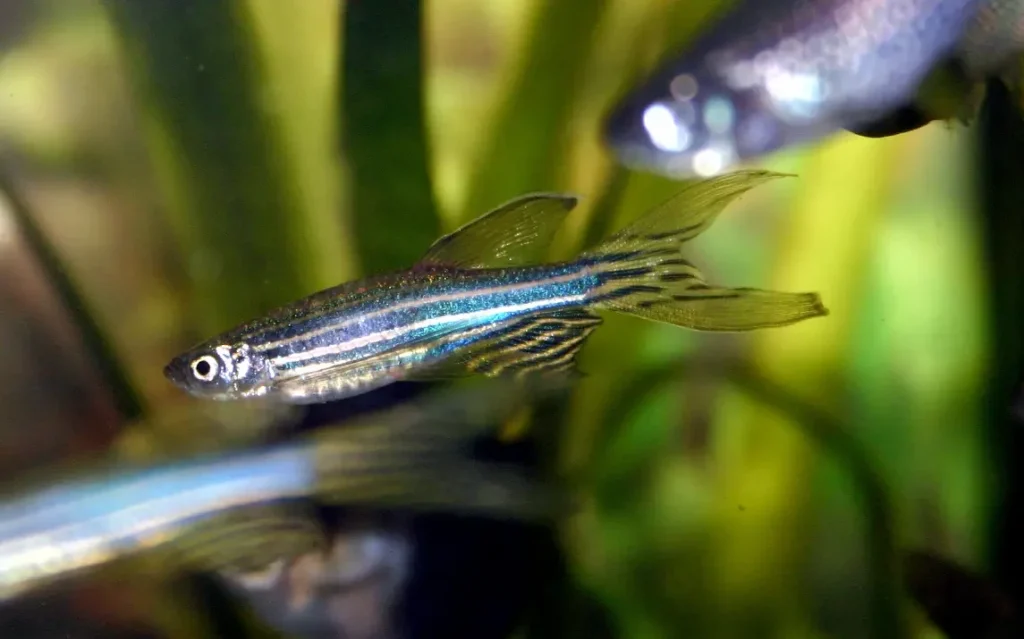
Fish might look like simple paddling pets, but species like zebrafish are teaching us a lot about how fear memories form and fade. In recent studies, zebrafish trained to avoid certain colored lights after a mild shock will remember to steer clear for weeks. Brain imaging of these fish revealed neurogenesis and synaptic plasticity in regions comparable to our amygdala and hippocampus.
This indicates that foundational mechanisms for encoding fear and safety cues are present even in vertebrates that diverged from our lineage millions of years ago. For humans, this underscores how our own fear conditioning pathways might be modulated by similar molecular processes. Researchers are investigating how certain drugs can accelerate extinction of fear in fish, potentially offering clues for treating PTSD in people. By exploring how fish balance the need to avoid predators with the drive to explore for food, we can learn about adaptive versus maladaptive fear responses. This has direct implications for understanding anxiety disorders and fine-tuning exposure therapies.
